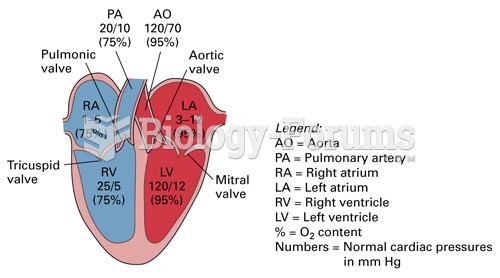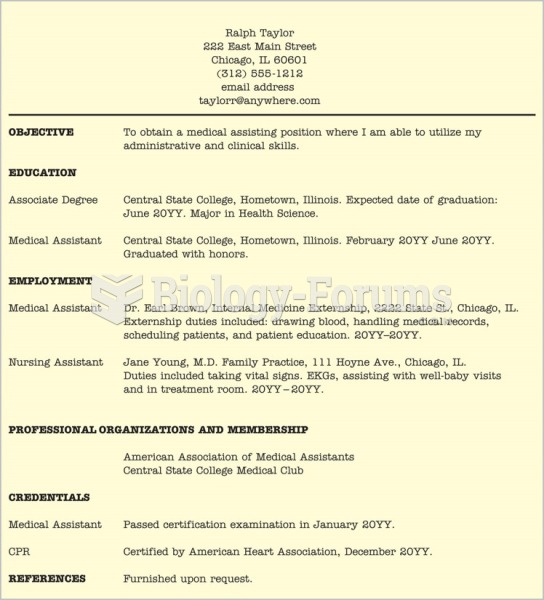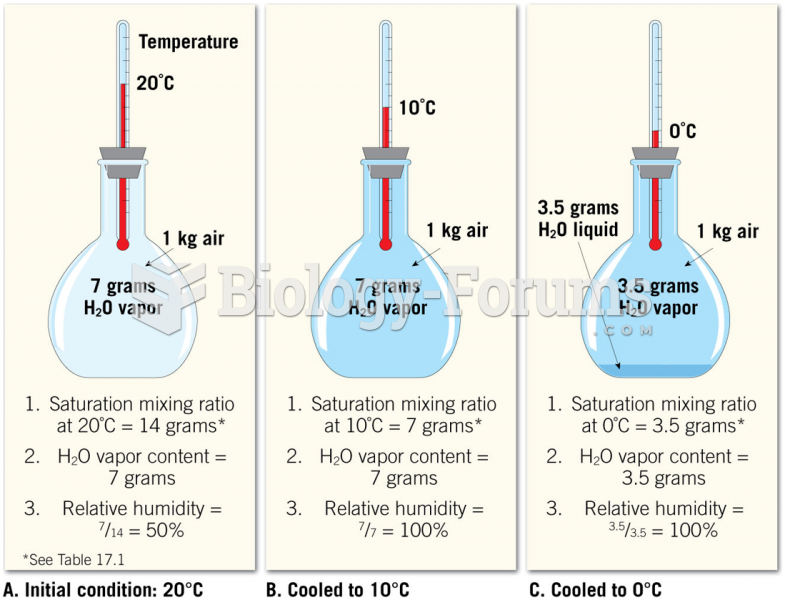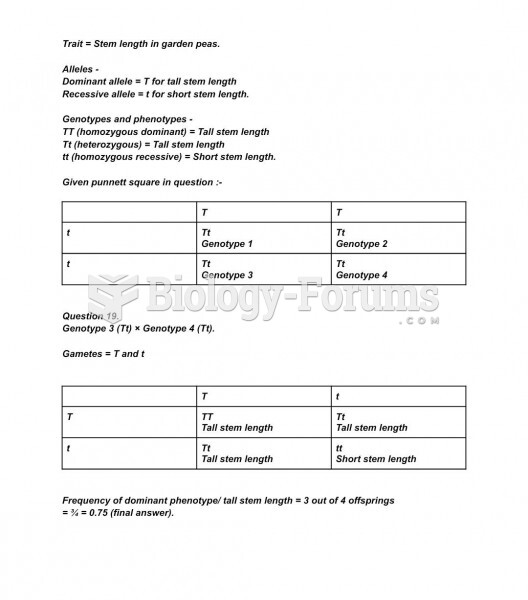Answer to Question 1
Answer: To determine the content of your survey questions, use your broader research questions as a guide. For example, if you want to determine which LMS would be most effective, you might ask your survey population how satisfied they were with systems they used in the past. Once you know what you want to ask, the next step is to determine how to write questions so that you get the information you need. Avoid ambiguous questions that can be interpreted in multiple ways. For instance, don't ask, How would you rate the learning management system? because you will have no way of knowing what criteria the respondent is using for the rating. To fix this problem, identify the criteria for their response such as, how would you rate the effectiveness of the online training you have taken compared to traditional face-to-face training? To ensure your survey questions are effective, you can pilot test them with a focus group before distributing the survey. Examples include questions that require respondents to select a specific response (yes or no), rate or rank the listed options, or assign a value to a statement. Your survey may include a variety of question formats, or you might find that one format, such as multiple choice, works well to gather data that answer your research questions.
Answer to Question 2
Answer: Even after narrowing your search results, you are often left with thousands of options. How do you decide which resources to use? No matter what kind of source you findprint or electronicyou must evaluate it for credibility. To determine the reliability and relevance of a source, use the 3 A's: Authorship, Accuracy, and Age.
Authorship: Can you trust the author and publisher? Does the source identify the author? This is particularly important for websites.
Is the author qualified or an expert in this content? Check the author's biography, or re-search the author on the web. If the author is a blogger, do not assume the material lacks credibility. Some experts disseminate ideas through blogs as well as published works. To verify credibility, determine where the author works and what other books or articles the author has published.
Is the source published by a reputable press, or is the website sponsored by a reputable organization? On the web, you can generally feel confident about information that is published by the government and universities. If you are unfamiliar with an organization that publishes information you would like to use, read more about that organization to determine whether it is respected by others and considered reputable.
Does the author provide support for claims? Unsupported opinions are less credible than arguments supported by evidence.
Accuracy: Can you trust the information?
Was the book or article peer reviewed? If a text has been reviewed by other experts before publication, the result is likely to be more accurate.
Do others frequently cite the source? You can find out by using a citation index such as Social Science Citation Index, ISI Science Citation, or Google Scholar (scholar.google.com).
Do other sources agree with this information? Information is likely to be more accurate if you find it in multiple, unrelated sources.
Does the author acknowledge and respond to opposing points of view? When an author addresses other points of view instead of evading them, you have a broader context for evaluating the author's position.
Does the author cite sources for numbers, facts, or research findings? Or does the author expect you to assume the data is correct?
Age: Is the information current or still relevant?
How current is this information? If you're researching a technology topic, the material needs to be very current. By contrast, if you're researching an issue in business ethics, the source may offer useful perspectives even if decades old.
Does the source provide a last-updated date or copyright?
Are any web links broken? This often indicates an outdated page.
Evaluating sources using these criteriaauthorship, accuracy, and agehelps you decide whether a source is useful and what to use it for.







